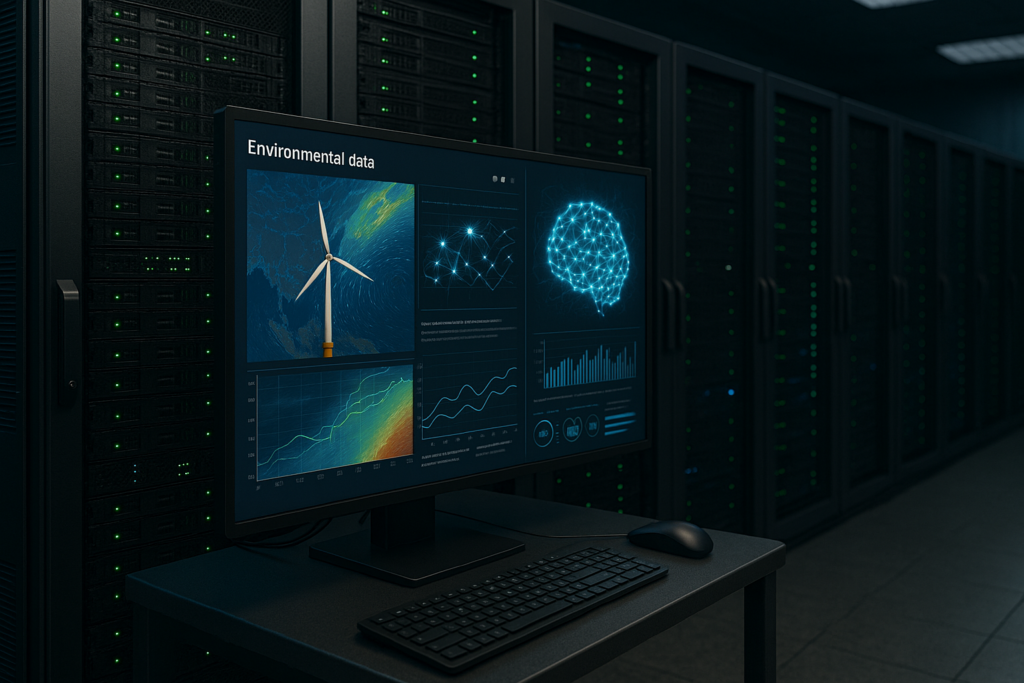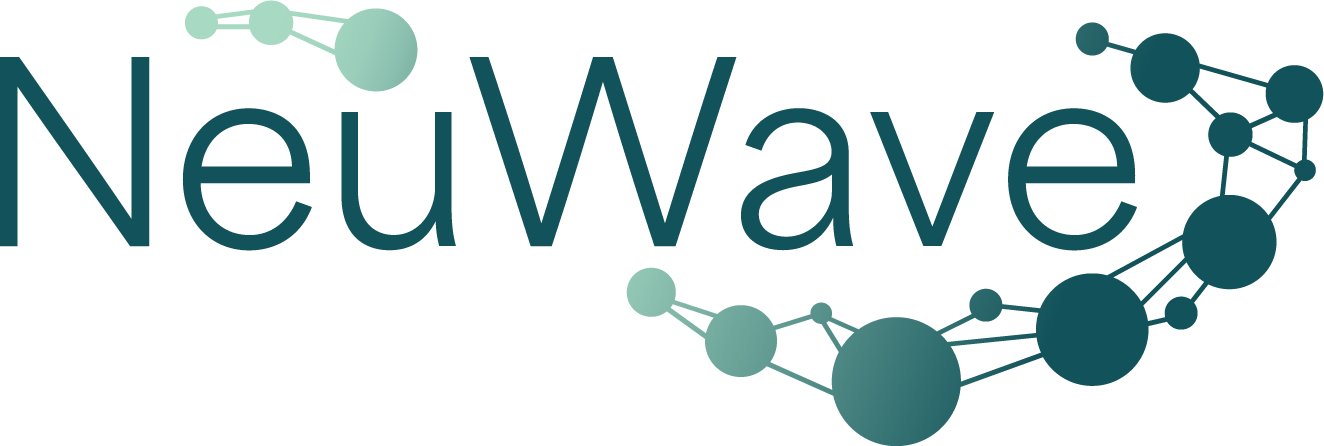Successfully planning for the future means consulting the past, and the offshore wind industry has long overlooked the value of deep insights found in historical data.
As climate risk intensifies and weather becomes less predictable, development costs continue to rise and project timelines are always squeezed. Offshore wind faces more challenges than ever.
Perhaps just in time, hindcast data (once confined to academic spaces and theory modelling) has come of age. And with AI-backed analysis, it’s becoming a key input for smarter, more resilient, offshore wind developments.

What is hindcast data? Why 30 years matters
Hindcast data can offer powerful, valuable, actionable insights for infrastructure development and operations. It’s also currently underutilised by the offshore wind industry. Where forecasts predict future events based on current data; hindcast models reconstruct historical conditions by using past weather records.
For offshore wind, that means we’re able to accurately simulate what the sea was doing (from wave height and direction, to wind speeds) on any given day in the data period.
Here at NeuWave, that’s 30 years.
This isn’t an arbitrary number though. Thirty years is the internationally-recognised, WMO-recommended baseline for calculating climate averages and trends. It’s long enough to offer a statistically reliable view of how the sea usually behaves, but recent enough to capture changing regional and global climates.
In short, thirty years of hindcast data allows us to build a robust understanding of climate norms in 2025: what’s typical, what’s not, and how long-term patterns are beginning to shift.
We still don’t fully understand these patterns, but relying on forecast-only models means missing the deeply nuanced, local effects that shape and de-risk day-to-day offshore operability. Critically for construction planners, insurers, and developers, that’s more than an academic exercise.
Applying hindcast datasets means offshore developers can:
- Identify false operability assumptions
- Understand early signs of seasonal shift
- Optimise seasonal schedules
- Benchmark extreme event exposure
With modern AI models capable of processing and analysing huge amounts of high-resolution hindcast data, environmental insights are more accessible to the offshore wind industry than ever.
These tools can start to allow developers to move beyond assumptions and guesswork into true understanding of what ‘normal’ really means for any specific site, and how that might change.
The cost of ignoring past climate trends and risks
Our research indicates that the average delay due to weather misjudgement in the UK adds between £2.5-200 million each year to a 1GW wind farm.
Overestimating (or underestimating) operable windows can lead to damaged assets, unsafe conditions, missed operable days, and entirely aborted missions. When it’s a toss-up between protecting crew and equipment, or missed operation windows, developers often opt to inflate safety margins. It’s not the wrong choice. But it can increase idle time for vessels and crews, and lead to contract penalties for missed schedules.
This doesn’t only affect immediate costs. Renewable energy insurer, GCube, cited “climate-driven risks” as the most rapidly growing concern, and at the core of a spike in downtime-related claims. As local conditions become more chaotic, investors are pressing for demonstrable climate risk strategies – meaning developers need to invest more time and resources into robust, regulation-ready site assessments and EIA compliance.
Without reliable, long-term hindcast data, developers risk choosing the wrong site, or building infrastructure that isn’t up to spec. Cables may not be buried deep enough, inadequate foundations or turbines could be installed, or crew transfer protocols are ultimately mismanaged. Building infrastructure that can’t stand up to emerging local extremes leads to cascading safety and asset maintenance issues, as well as environmental concerns.
When it comes to offshore industry and development, every inaccurate assumption comes with a heavy price tag – whether it’s financial, operational, or project critical.
Integrating 30 years of hindcast data into strategic planning processes enables more informed decision-making, reducing financial risks and enhancing the long-term viability of offshore wind projects.
Understanding the trends in climate risk patterns
Despite having access to more environmental data than ever, developers are still grappling with the cold reality at sea. We don’t fully understand yet how marine conditions are changing – especially in heavily affected, highly active nearshore zones where most construction and operations take place.
That’s a risk.
ERA5 vs Hindcast methodology
The current industry-standard reanalysis tool, ERA5, provides data at a resolution of around 31km. That may be good enough further out to sea, but this model can’t account for critical nearshore dynamics like:
- Tidal current interactions
- Coastal bathymetry and bottom friction
- Refraction, reflection, and dissipation of waves
- Site-specific local storm clustering
These overlooked variables can lead to considerable errors in wave height predictions.
Wave height trends in Scotland’s East coast
In dynamic near-shore regions, this really starts to matter. Scotland’s East coast is home to a growing pipeline of offshore wind developments, and has experienced notable changes in local wave climate over the past few decades.
Winter wave heights can average between 2-3m in the Eastern coast. But while the historical data indicates a seasonal increase, some studies actually suggest regional wave heights will decline in coming decades. It’s confusing.
What’s particularly significant about the East coast is the interplay between rising wave heights and relatively shallow bathymetry. This combination can amplify bottom friction and refraction effects.
This is leading to complex, localised wave fields that global models like ERA5 simply can’t resolve at 30km resolution.
Why assumed operability ≠ actual operability
One of the most damaging mistakes developers make is assuming that their planned operability window will match real-world conditions. Outdated or fragmented data can’t provide real insights.
NeuWave’s pilot studies in the Great South West coastal zones show that:
- ERA5-based models overpredict operable days by up to 30% in nearshore sites
- High-resolution hindcast data reveals 40% more downtime days in transition months
Offshore construction schedules or maintenance missions planned without accounting for this are ultimately inefficient. Think mobilisation failures, missed milestones, and safety overruns. Regional climates are changing, and it’s not always uniform.
Moving insight to action: empowering resilient wind projects
Resilient offshore wind projects start with robust data, and powerful tools. Long-term hindcast records allow developers to design around changing climate realities, not outdated assumptions or slow manual analysis.
Datasets spanning decades make it possible to spot and respond to seasonal shifts, map true downtime patterns and optimal routes, and better align infrastructure design with real environmental conditions.
By leveraging high-resolution historical models, developers can reduce uncertainty at every stage of the offshore development lifecycle. Smarter, better-informed decisions support effective, future-proofed turbine placement, port infrastructure, and risk tolerance thresholds; and enables clearer, more successful communication with regulators and investors.
Most offshore wind farms are built to last 30 years. But the ones that really last are the ones designed with the past 30 years in mind, as well.
Resilience is a key design principle in offshore development. Long-term hindcast data reveals not just where conditions are going, but where the risks have always been – providing the clarity needed to plan future-proofed wind farms.
Knowing your site’s history is key to staying operational, profitable, and one step ahead of whatever is coming next.
Building on the past to weather the future…
Access 30 years of ocean insight; delivered through interactive dashboards and decision-ready reports. High-resolution accuracy built with modern offshore requirements in mind. With NeuWave products better data isn’t a bonus – it’s the baseline.

